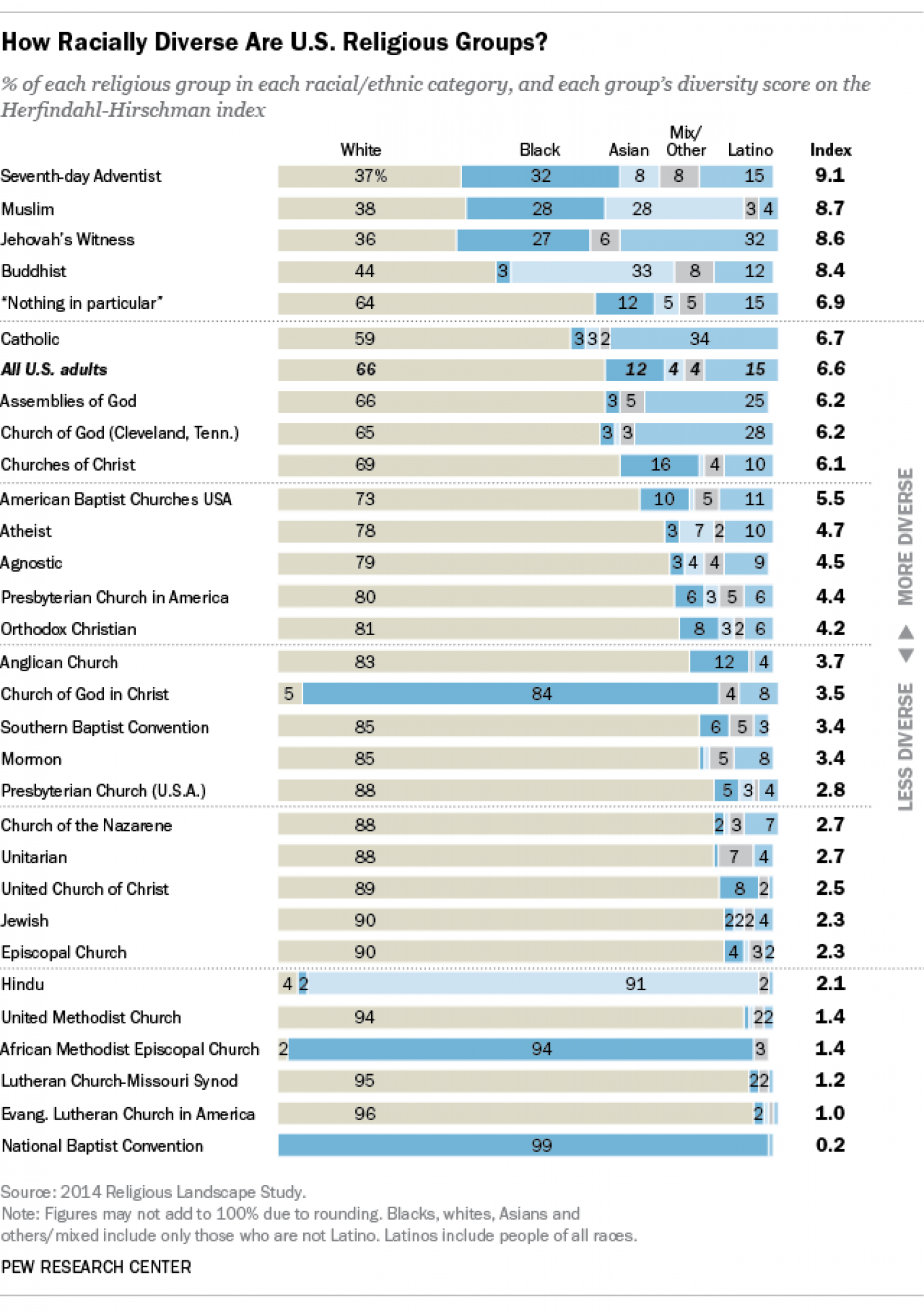The biggest way to crash through roadblocks to using the internet in ministry is not to put up roadblocks in the first place.
This advice comes a bit late. The Church already established roadblocks in its reluctance to adopt technology to ministry.
Caution is understandable. Stories abound about abuse and invasion of privacy — scary to anyone born before 1980. Those under 35 grew up with the reality that there is no going back to lives lived in the peaceful isolation of pre-World War America. They are better equipped to see the potential that outweighs the danger just as an elephant outweighs a mouse. They look for mates online, take classes online, seek jobs, find entertainment, and keep in touch with friends online. The human brain is being rewired around the social nature and communication potential of the internet.
Most church leaders are over 35—no surprise they avoid the digital world. The temptation is to try to recreate the world they know online. This doesn’t work. Different dynamics. Every year lost in advancing the transition to the digital world is a setback struggling churches can ill afford, especially when resources are already designated to systems of the past.
Perhaps it will help advance mission in the digital age to take a “tip of the iceberg” look at how internet ministry could answer many common challenges.
Our previous post listed major areas of ministry. Let’s look more closely at each one to better understand how internet ministry is indispensable.
Remember, internet ministry is not an add-on to what you are already doing. It is a different approach to doing everything. A game-changer.
WITNESS
Churches witness to God’s saving grace.
Where do people go today for answers? Answers are a click or two away online.
Now imagine if people in your community are googling questions church groups often address—social needs, spiritual questions, help for personal crises.
If a Church has no online presence, it will not show up in the search engines. Troubled people will be directed to government agencies, non-profits, and for-profits businesses who use the internet to connect.
Start by advertising your services. Do you have support groups? Do you have people who can help with one-on-one counseling? Great!
That won’t be enough. Remember, you are in competition with government, non-profits and for-profits. You must actively address common issues among your demographics. The internet is a tool that leads. Learn the tricks of the trade to first create interest. Then slowly build confidence and build relationships.
Static websites all about your church won’t do this. Offering helpful content will. In business, it’s called creating authority. It might be argued that eight years of college and seminary training create authority. The fact is that people with far less learning are successfully competing with our expertise. They benefit from the evangelistic power of the internet while churches struggle.
WORSHIP
Sunday morning worship service is usually self-contained. It lasts from, say 11 am to Noon. If you miss it, you might be able to read the sermon online. But if churches tracked their statistics they are likely to find posting a weekly sermon gets few views.
Have you watched TV lately? Take the nightly news, 60 minutes or popular game shows. Every program ends “To learn more about this and other issues or to join in the fun, go to our website.” These strategies work. They extend the relationship beyond the 30- or 60-minute air time.
What if your Sunday worship experience saved something for the weekday online audience? You’d be engaging your members and possibly attracting more interested people with your online content. The Sunday morning message can grow through the week.
EDUCATION
Teaching is a major challenge for many congregations. Many Sunday Schools give up after the age of 9. This creates difficulty in relying on members to promote the faith. They are ill-equipped and lack the skills/confidence to the job.
The internet can help. It is available to everyone on their own schedules.
Providing internet learning doesn’t have to be a time burden. Learnings can range from short fun facts to full-scale webinar series. Tip: do this well and your members will share online, growing awareness of your congregation.
SERVICE
If people are starting to find your site because of your witness, worship and education content, service opportunities are going to surface. You will be surprised. We found, for instance, that our neighborhood was not limited by the one-square mile that makes up East Falls. We have made friends all over the world. Surprisingly close friendships. The internet is likely to present new opportunities for service and more important it will help you network with like-minded people and organizations. That’s power!
FELLOWSHIP
People today check a website before visiting. Your website is your front door. Visitors will step inside and look around when you aren’t there. The first impression left will be the lasting impression. They won’t sign the guest book unless you have a website that invites them to engage. Do you want them to see a static site built to 1990 standards or do you want them to see an interactive site that draws them into your church life?
STEWARDSHIP
Ironically, churches that don’t have much time for internet ministry start by adding a donate button to their static website.
We all know that stewardship goes way beyond monetary giving. Your website can encourage active participation in all kinds of projects. Web visitors should be encouraged to participate wholly separate from attendance and membership. These service opportunities are gateways to spiritual enrichment and eventual church involvement. An internet ministry can introduce and foster engagement in the use of time and talent.
EVANGELISM
The internet is the most powerful evangelism tool ever created. It is poor stewardship to not develop this capability. The mathematics exceed comprehension. If you create a web ministry and encourage sharing, a small church can begin to reach tens of thousands within a year or two.
In short, if churches continue to view their mission as connecting with the people who show up on Sunday morning, they are on the road to failure. It is the responsibility of every church to meet people where they are. Jesus walked the dusty roads of Palestine. Today’s people are on the internet.
Be there.























